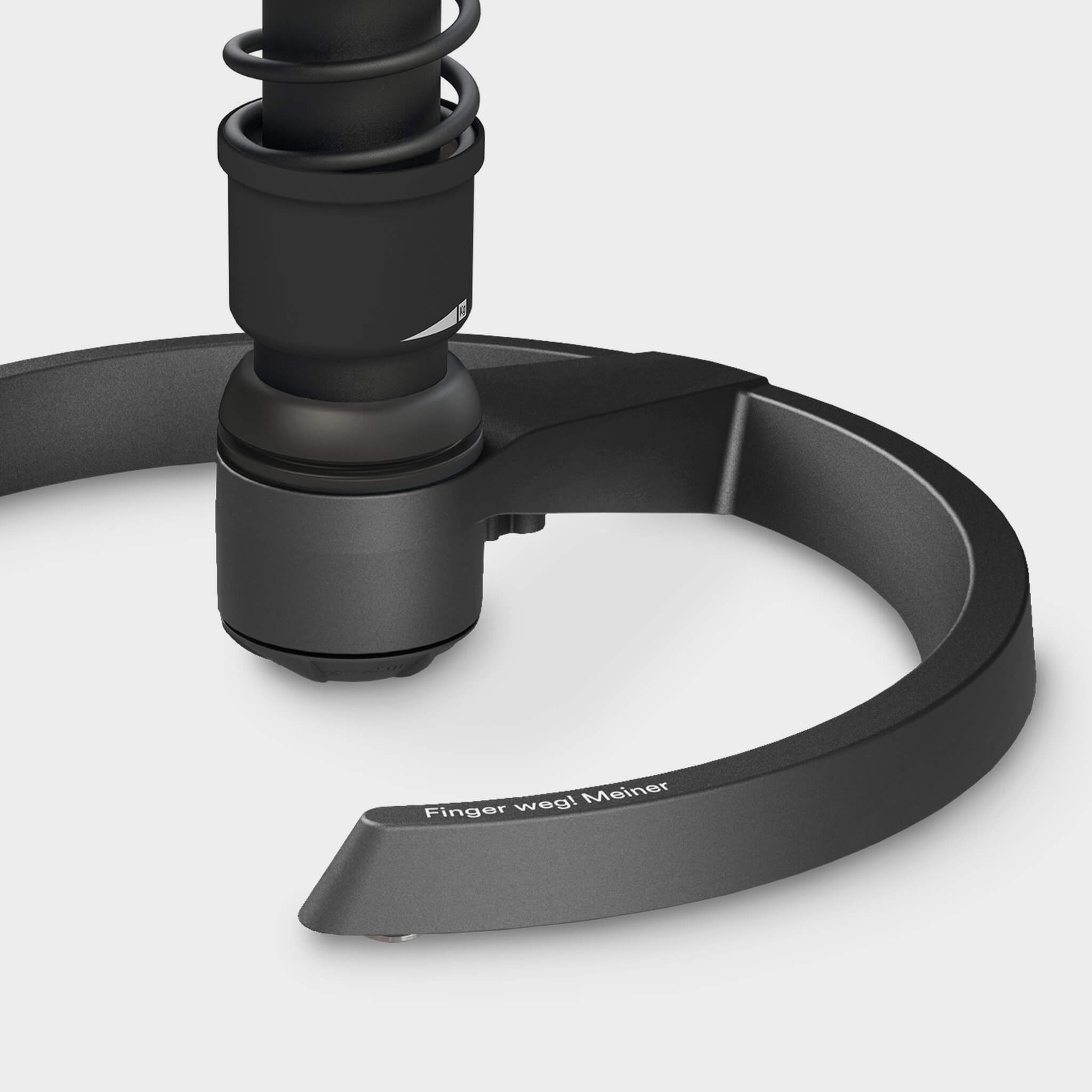Was ist Propriozeption?
Der Begriff Propriozeption findet seinen Ursprung im Lateinischen und setzt sich zusammen aus „proprio“, was so viel heißt wie „eigen“ und „zeption“, was Gespür bedeutet. Im Großen und Ganzen geht es um alle Wahrnehmungen, die nicht durch äußere Reize verursacht werden, sondern Reize, die wir mit unserer Eigenwahrnehmung feststellen.
Propriozeption, propriozeptives System oder auch Tiefensensibilität beschreibt folglich die Sinneswahrnehmung, mit der unser Körper das Gehirn informiert über die Aktivität, den Zustand oder die Position von den Muskeln, Gelenken und Sehnen im Körper. Es ist für den Mensch mehr oder minder selbstverständlich stets zu empfinden, was im oder mit dem Körper passiert. Es gehört zur Eigenwahrnehmung festzustellen, wie und was sich im Körper bewegt, ein Arm, ein Bein, ein Auge; wie ist die Ausgangsstellung des Körpers; wie viel Druck muss ausgeübt oder wie viel Widerstand für eine bestimmte Bewegung muss geboten werden.
Diese Meldungen an das Gehirn sind nur möglich aufgrund der Reize, die über Muskelspindeln, Sehnenspindeln oder Rezeptoren in zum Beispiel Gelenkkapseln, Bändern und Knochenhaut erfolgen.
Was ist propriozeptives Training?
Für unseren Bewegungsapparat und für die Bewegungen ist es von großer Bedeutung, dass diese Eigenwahrnehmung so exakt wie möglich erfolgt. Zum Glück lässt sie sich trainieren, das wird propriozeptives Training genannt. Es handelt sich dabei um Übungen, die das Körperempfinden verbessern sowie das Empfinden oder die Wahrnehmung der Bewegung. Mit gezielten Maßnahmen wird der Fokus auf das eigene Körperempfinden gelenkt. Zu diesen Maßnahmen gehören insbesondere Gleichgewichtsübungen oder Balanciermaßnahmen.
Propriozeptives Training im Sitzen
Gleichgewichtsübungen müssen nicht auf einem Schwebebalken stattfinden und auch nicht auf einem Bein. Selbst im Sitzen kann ein Gleichgewicht und damit die Eigenwahrnehmung trainiert werden. Die Aeris Aktiv-Stühle leisten hier gute Dienste, denn sie fordern und fördern die natürliche, spontane, in jede Richtung freie Bewegung beim Sitzen. Dem zugrunde liegt die patentierte 3D-Technologie. Um fortwährend in einer geraden Haltung zu sitzen, muss das Becken die Bewegungen ausgleichen, was die Muskulatur stärkt und sich insgesamt positiv auf den Bewegungsapparat auswirkt.
Laut Dr. Dieter Breithecker, Leiter der Bundesarbeitsgemeinschaft für Haltungs- und Bewegungsförderung e.V., ist der Swopper von Aeris besser geeignet als jeder Bürostuhl, der nur über eine Synchronmechanik verfügt. Gerade das Sitzen mit der speziellen 3D-Funktion von Aeris und dem dadurch „freigeschalteten“ Becken sorgt für variable Mikro- und Makrobewegungen. In der Folge wird ein rhythmischer Spannungs- und Entspannungswechsel der an der Sitzhaltung beteiligten physiologischen Strukturen ermöglicht. Dieses freie und selbstorganisierte Sitzverhalten löst eine komplexe Wechselwirkung zwischen dem sensorischen (propriozeptiven), neuronalen und muskulären System aus. Oder mit anderen Worten gesagt: in einem fort gleicht der Sitzende seine Sitzhaltung aus, was die Motorik und damit nicht zuletzt die Eigenwahrnehmung trainiert.
